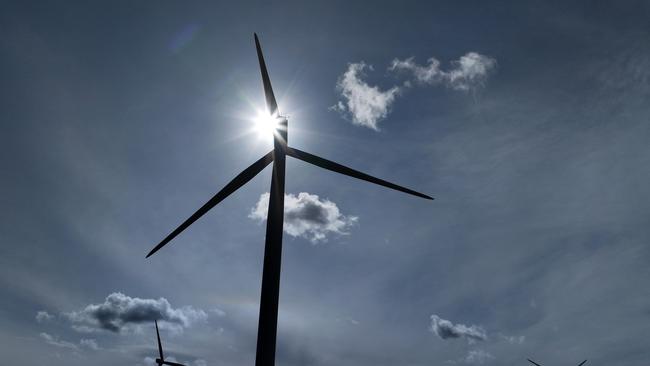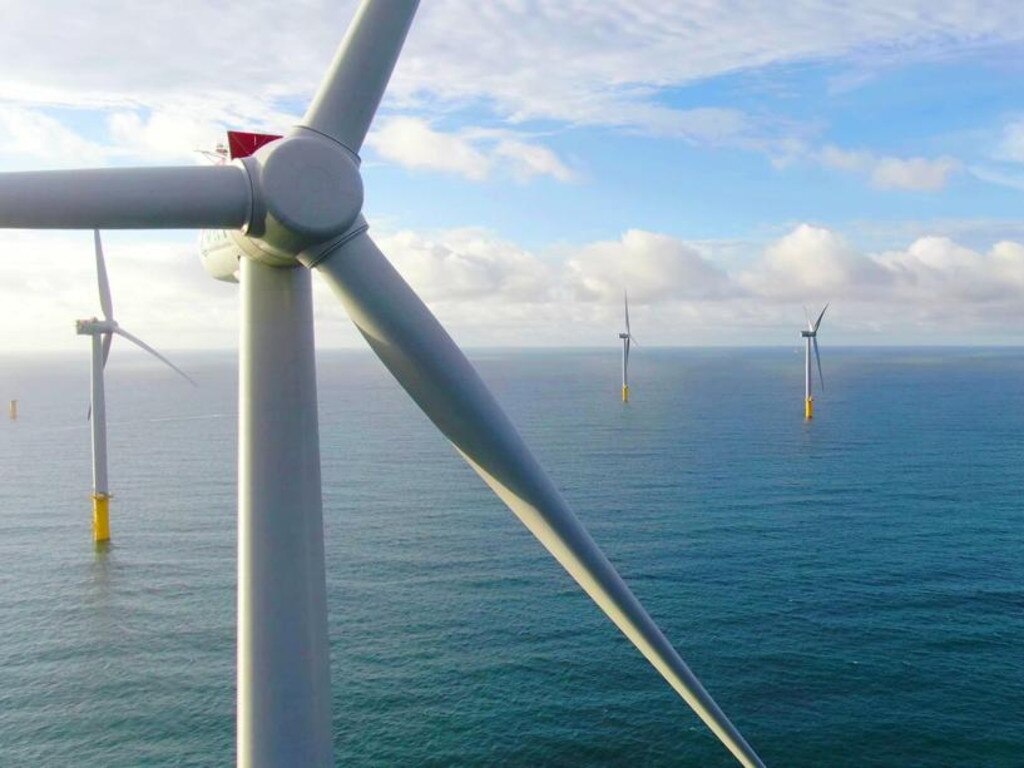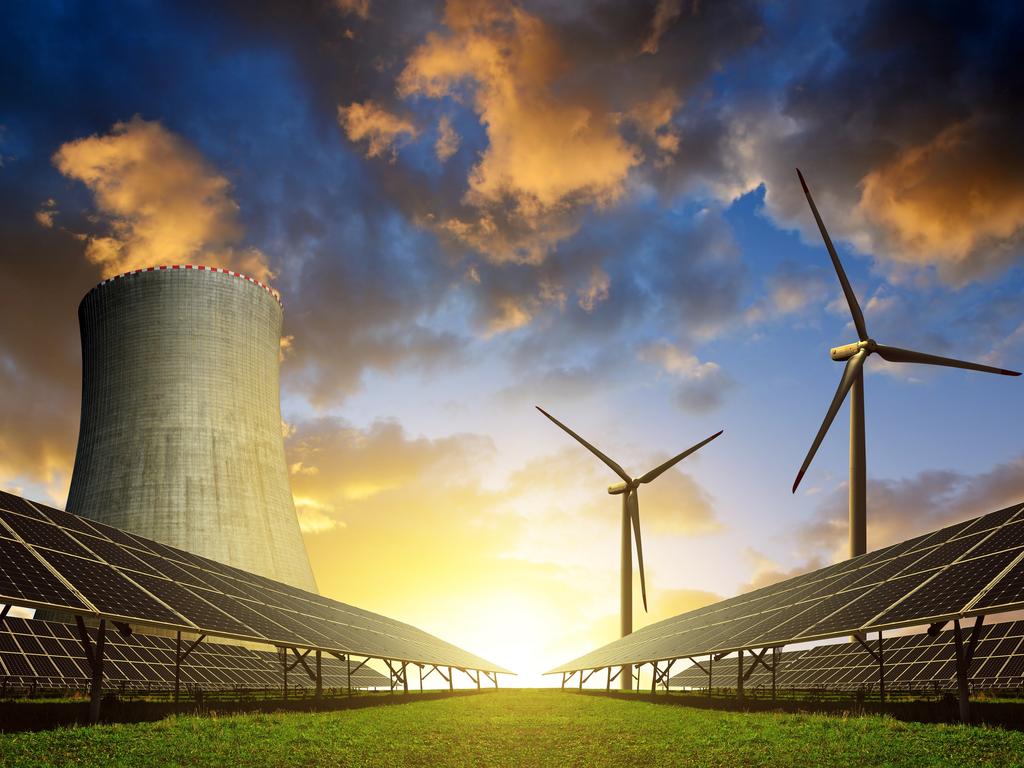We need to open energy market to make net zero

The first major announcement from NZEA chairman Greg Combet is that he wants to find ways to mobilise the superannuation funds to help finance the transition via the $3.4 trillion invested by members in the system.
Combet’s argument for mobilising super funds originally was set out in detail in the 2019 report Modernising Electricity Sectors, written by us for the Industry Super funds. Back then Combet was chairman of Industry Super Australia.
Still, the world is awash with capital. Access to capital is not the problem in the energy transition. Super funds are already heavily invested in those parts of the national electricity market offering guaranteed returns, namely transmission and distribution and renewable generation and storage with government-guaranteed offtake prices.
What is lacking is political vision and policy courage, such as that of the Hawke-Keating era, to apply sensible optimal frameworks that would permit a review of the structure of the NEM.
The 2019 report provided a road map for the energy transition required for Australian governments. The report called for an objectively determined energy transition policy trajectory that would maximise the welfare of the country.
This is broader then just thinking about electricity prices. It strikes at the core of the market structure and its response to a multifaceted problem – impacts on economic development, environmental goals and responsibilities, technological capacity, regional adjustment, heavy industry needs, shifts in the international climate and security policy, and so on. All feasible options to decarbonise the national electricity grid would be considered as part of the optimising strategy on a comparable basis. The process would be repeated annually until the net-zero transition was completed.
Currently, Australian governments do not have a transparent optimising net-zero policy program and seem to lack the vision or courage to find one. What passes for a strategy is simply adding more and more renewables and transmission capacity to the NEM. This is both wasteful in terms of paying unnecessary subsidies and incredibly risky as it inhibits technological diversification.
The decision-making apparatus around net zero in Canberra works at cross purposes. It includes a veritable alphabet soup of agencies: AEMO, AER, ESB, ARENA, CEFC and now NZEA, all administering a sub-optimal policy approach. But which is charged with finding the optimal strategy and co-ordination? Which will be responsible for policy failure? Even worse is the Australian Energy Market Operator and CSIRO data and analytics supporting current decision-making. They do not assess technologies on a comparable basis and sometimes bear little relation to market reality.
Without some clear sense of direction and accountability in policy the already high levels of uncertainty about energy and technology investments will only increase. We have already seen repeated cost blowouts, delays and reversals. The extent of government policy now when it comes to the NEM seems to be endless market interventions. These occur via subsidies, price guarantees and massive growth in regulated asset bases. They are intended to force-feed the grid with renewables, storage and enabling poles transmission infrastructure, while paying huge subsidies to coal-fired generators. All this ensures the lights don’t go out but bakes in layers of handouts to industry.
One thing that was true in 2019 and is even clearer now is that transition to net zero in the electricity sector is a function of technologies that can provide energy reliability and security. Given this government’s aversion to nuclear, blind Freddy knows vast amounts of energy storage are the key to any transition to a renewable energy-based grid.
Sadly, precious little has been achieved on the mass storage front beyond commitments to hyper-expensive pumped hydro schemes. Sure, pumped hydro is important. However, it is site-dependent, prone to cost blowouts, often a long distance from existing transmission lines, normally carries big environmental costs and hydrology-dependent in a country prone to drought.
Lithium-ion batteries are being deployed rapidly but offer only small amounts of backup power across a short duration. And many experts will tell you the prospects for hydrogen aren’t great.
Market structure reforms are needed urgently to deal with the energy transition. The approach must be less preoccupied with the transition’s traumatic impact on NEM incumbents. It must be far more concerned with properly accommodating a grid that will comprise an increasing mix of intermittent generation and storage and respond proactively to new and emerging technologies.
This will naturally attract the massive capital needed for the energy transition.
These same reforms free super funds to invest aggressively in those innovative Australian technology companies involved in the whole electrification via renewables paradigm, whether in the home, industry, transport or e-mobility. But without some sort of coherent policy program to facilitate the entrance of energy storage options to the NEM, Australia’s energy transition will remain messy and uncertain and capital mobilisation will remain costly.
We previously estimated the cost of decarbonising the grid with renewables in 2022 at $500bn. This is significantly more than the cost of deploying small-scale nuclear reactors recently cited by Energy Minister Chris Bowen.
This is only good news for those market incumbents receiving an Aladdin’s cave of lucre every year at the expense of the working poor, most of whom are super fund members. But it is really bad news for farsighted reformers such as Combet, charged with achieving Australia’s net-zero transition.
Stephen Anthony is a director of Macroeconomics Advisory and an adjunct professor at the University of Canberra. Alex Coram is a director of Macroeconomics Advisory and an emeritus professor of the University of Western Australia.







Australia’s trajectory towards becoming a renewable energy superpower, as some believe will happen (or a more modest aim of net-zero emissions), doesn’t seem to be going well. To keep the energy transition show on the road, the Albanese government has created the Net Zero Economy Agency.